Briggs Automotive 3D Printed Supercar parts British manufacturer Briggs Automotive Company (BAC) approaches Malcolm Nicholls Ltd to produce 3d printed large rear wheel arches for the new Mono R supercar BAC came to Malcolm Nicholls Ltd via a...
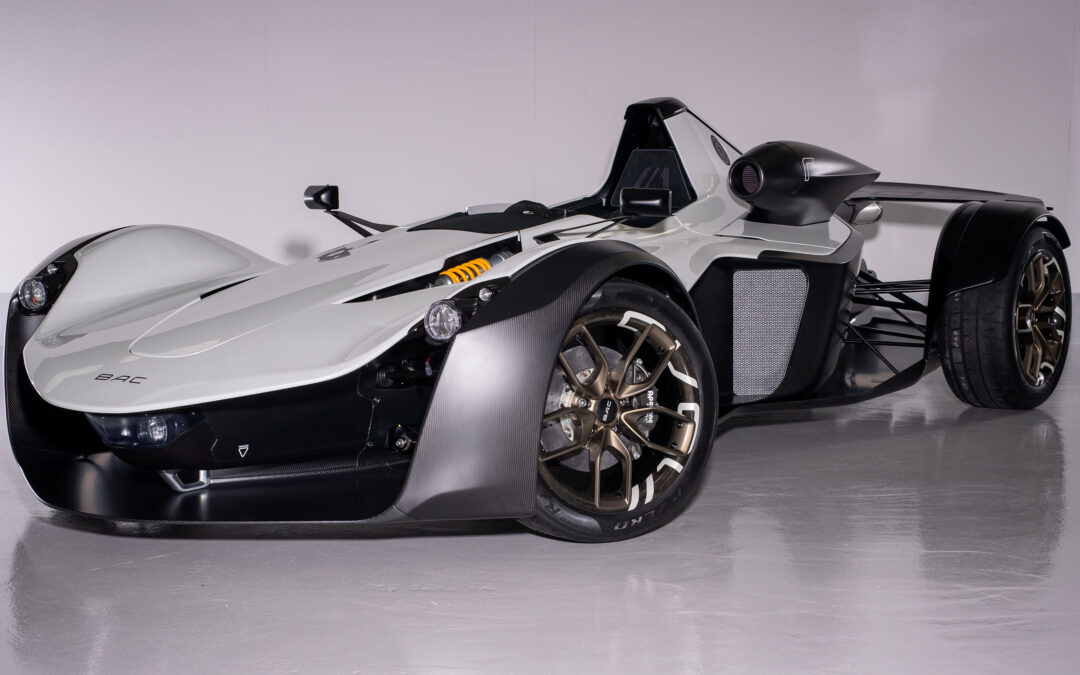
Malcolm Nicholls Ltd utilised 3D printing and 3D scanning technology to reproduce and 3D print trophies – 18 replica trophies to be exact! For an Abu Dhabi HSBC Championship-associated golf tournament.
An exciting project that saw Malcolm Nicholls Ltd utilise 3D printing and 3D scanning technology to reproduce 18 3d Print trophies (replicas) for an Abu Dhabi HSBC Championship-associated golf tournament.
On the Abu Dhabi golfing circuit, the Falcon Trophy has long been synonymous with the Abu Dhabi HSBC Championship. The Pro-Am tournament serves as a supporting competition which precedes the main event. Event organisers wanted smaller versions of the Falcon Trophy to award winners of the curtain raiser tournament and briefed isodo3D about producing 18 quarter-size replicas, six for each of the next three tournaments.
Isodo3D worked along with Malcolm Nicholls Ltd when they found that the most cost-effective and non-compromising method was to print the falcon and golf ball and then hand turn the wooden plinths. A HP 3D Structured Light Scanner Pro S3 was used to scan the trophy and create the data required to print the trophy. Using our latest SLA technology a master model was printed.
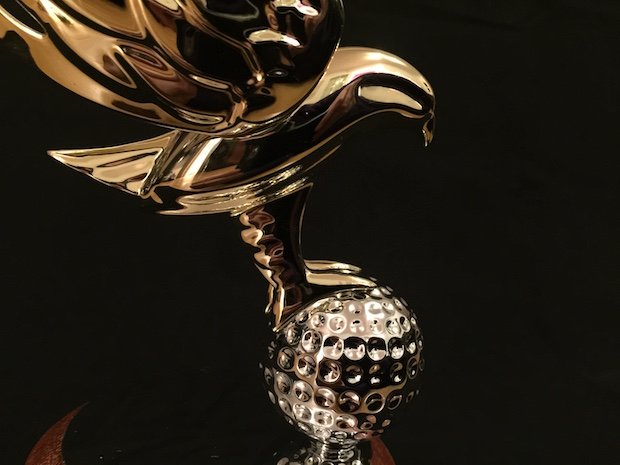
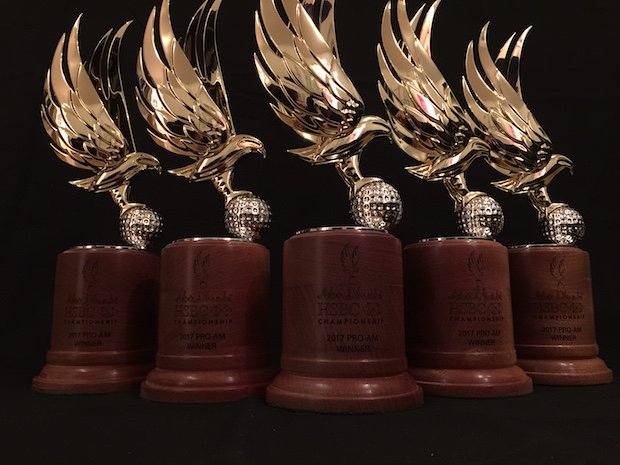
With the growing demand for Low Volume Production also known as low volume manufacturing and small batch production Malcolm Nicholls Ltd can produce 1 – 1000’s of parts.
If you’re looking for a one-off bespoke top-quality part such as a trophy, or you require 1000’s customised parts such as widgets, we have the solutions to suit your needs.
It is an increasingly popular option as it allows for a smaller investment in tooling and materials while providing fast access to the market. It also acts to bridge the gap between initial prototypes and mass production.
Historically, manufacturing components in low quantities has always been a costly exercise. With the advent of 3D printing and vacuum casting many constraints previously faced can now be significantly reduced. Technologies such as SLS (Stereolithography) and FDM (Fused Deposition Modelling) can now be used (especially for non-seen parts), to produce components in quantities as low as 1s and 2s and up to thousands, but still with exceptional material properties such as flame retardancy and high-heat requirements. Traditional design constraints, usually associated with injection mould tooling for example, can now be ignored enabling designers to be more efficient and reduce part count within assemblies.
We can produce anything from one to thousands
Malcolm Nicholls Limited (MNL) utilised our 3D Printing technologies and low-volume manufacturing to produce 3 series of batons for the One Run for Boston
Malcolm Nicholls Limited (MNL) a well-established 3D Printing and prototype model-making company, who have been producing high-quality prototypes for over 50 years, were delighted to lend its services free of charge to such a worthy cause. MNL were approached due to their reputation for the quality of product and service. In 2014 MNL produced the first series of Baton, and over the last few years, MNL has produced 3 series of batons for the relay races across America.
Like most of the world, three friends in England were horrified to watch coverage of the Boston Marathon bombing on April 15. The three runners wanted to do something positive so they organized a California to Massachusetts relay race to raise money for bombing victims. The majority of funds raised will benefit One Fund Boston, whose organizers live in England but weren’t deterred by distance.
The relay, which started June 7th in the L.A. area, ends June 30th in Boston.
“When something like this happens, it doesn’t matter where you’re living — it just packs a hard punch,” says Kate Treleaven, 34, of Devon County, England.
Despite the distance, marathoner Treleaven and fellow runners Danny Bent and James Hay were determined to bring something positive to the sorrow. The result: One Run for Boston, a relay race across the United States that has attracted more than 1,000 runners and raised, so far, almost $50,000.
The money goes to One Fund Boston, the charity that helps those most adversely affected by the bombing. Three people died and more than 260 were injured.
“We thought, ‘How could something so awful happen to a group of people who were doing something so wonderful?’ “, Treleaven said. “It was a need to purge that hideousness and basically bring things back to a happier equilibrium.”
The trio settled on dates and mapped out a route using Google Maps and MapMyRun, an app for runners. A friend in art school created an Olympic-style torch with a GPS tracking device so the public could follow the relay on the OneRunforBoston.org website.
The concept baton was originally produced using 3D printing on a Stereolithography (SL) machine by Malcolm Nicholls Limited (MNL), also based in the UK. MNL is one of the longest-established service providers of 3D printing parts and components and has been using the technologies for the best part of 20 years. MNL has donated its time and expertise to this worthy cause.
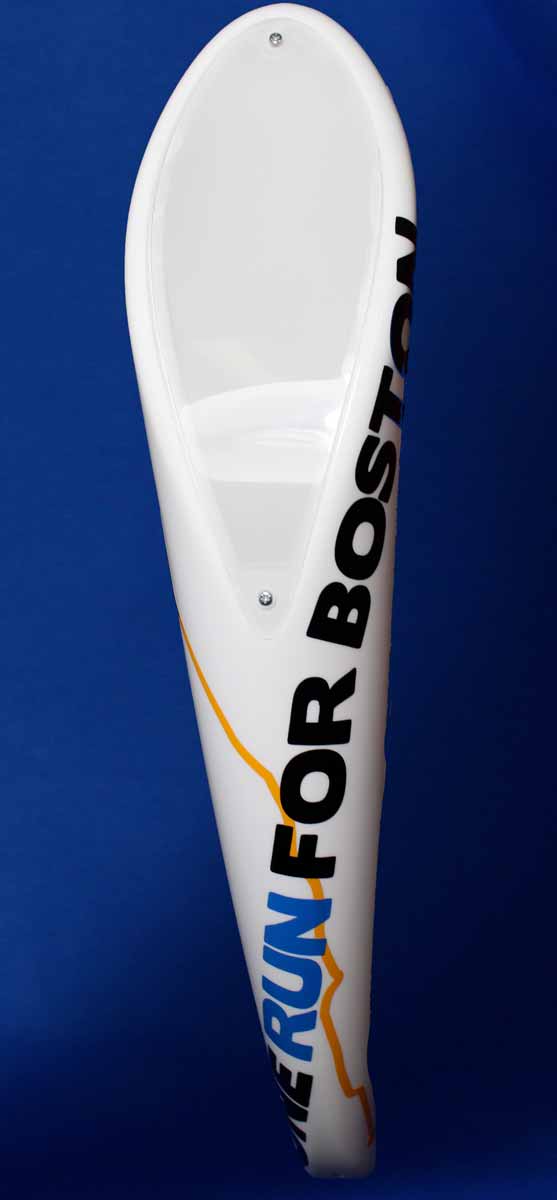

Urged by the success of the first relay the fundraising organisers staged another relay race to raise yet more funds. The 3328-mile relay across the USA is a 300+ stage relay run where sponsored runners carry the Boston Baton from LA on the west coast to Boston on the East coast of America. This year the month-long relay was timed to finish one week before the start of the Boston Marathon which would mark the 1st anniversary of the horrific event.
United Relay of America is the first-ever triple coast-to-coast charity relay setting off from Seattle, San Francisco and Los Angeles and meeting in New York City! Three routes from the West to the East coast of America, hundreds of runners and cyclists and one aim: inspire, empower and connect people across America – to not just be part of relay history, but to be united for a better world! One of the beneficiary charities was, The We Are Here Movement, founded by Alicia Keys. Funds donated to the We Are Here Movement are split equally among the We Are Here charity partners so your fundraising efforts help a wider range of causes than ever before!
The design of the baton originally emulates a Lily a symbol of peace.
For each design of the baton, the initial stage was to 3D print via Stereolithography on one of their (SLA5000) machines at MNL. The batons consisted of an assembly of a variety of components using different materials. Once the 3D prints were built, they were given to MNL’s highly skilled finishing department. The finishing department starts with the removal of visible layers and then will work with the surface of the model up to the point of the required level of finish such as a perfect high gloss. The finished baton “masters” were to be used as patterns for MNL’s soft tooling process; Silicone tooling. From these tools a series of castings were produced, predominately in an ABS durable material in gloss, some were translucent white and some clear and tinted. The 3rd series of baton also consisted of elastomers giving a tactile grip. To give the baton a completed look graphics were applied to depict the route, logos, etc.
All of the batons also needed to be illuminated for nighttime running, and GPS trackers were fitted internally so, at any point of the run, the sponsors could monitor their location from the website.
For the internal components, unfinished 3D printed Selective Laser Sintered (SLS) parts were produced. Multiple batons were produced from silicone tooling for each stage of each race.
The variety of colours, materials and textures and quality of finish in the Batons is a great showcase for the capabilities of the fantastic team at MNL.


We can produce anything from one to thousands
Before we go in-depth about low-volume manufacturing – or low volume production – let’s make a few statements about volume manufacturing.
Traditionally, to make a light switch as an example, you would need complex, fully automated injection moulds costing thousands of pounds and taking weeks if not months to produce before production can begin. In some cases (like a car bumper) these costs can be in the 100’s of thousands and up to a year to produce.
These very high costs are often “amortized” over the large quantities of parts to be made from these mould tools. Therefore, the piece-part costs are not too adversely effected.
However, when quantities required for production runs are low, then these high tooling costs often render the project unviable.
It is at this point that other strategies and methods are required for production.
Low volume manufacturing is a manufacturing process, method or service for low quantities. The manufactured items can be produced by a choice of a multitude of methods depending upon many factors.
Low volume manufacturing services – There are many choices of available services or methods for low volume manufacture and we shall discuss many of the available options and the reasons why each method may be chosen over others.
There are many factors that may influence the chosen method for low-volume manufacture.
The main driving factors include:
Injection moulding is the manufacturing process for producing parts by injecting molten material into a mould. Moulds are made from hardened tool steel and designed with fully automated moulding assistance such as ejection and robot handling for removal of moulded parts. Injection moulding can be performed with various materials, including metals, glasses, elastomers, confections, and most commonly, thermoplastic and thermosetting polymers. Malcolm Nicholls ltd specialise in polymers and elastomers.
Low volume injection moulding is where the moulds are made from less durable metals (often aluminium) cheaper and quicker to machine. They are less automated to run. The outcome is a cheaper and quicker mould tool to produce at the slight expense of piece-part cost.
Part quantities can still be in their thousands, but most importantly parts can be made from standard plastics.
Benefits of Low Volume Injection Moulding include:
Disadvantages of using Low Volume Injection Moulding
Low volume vacuum casting is the process for replicating parts from rubber moulds using PU resin materials. This method has been traditionally used in product development, however modern PU materials are much more suited to production requirements then they were in the past.
Benefits of vacuum casting include:
Disadvantages of using vacuum Casting

A process of creating three-dimensional objects from a digital file. A 3D printed object is created using additive processes, where successive layers of material are laid down (added) in different shapes.
There are many different types of 3D printing each with its own pros and cons.
Benefits of 3D Printing include:
Disadvantages of using 3D Printing
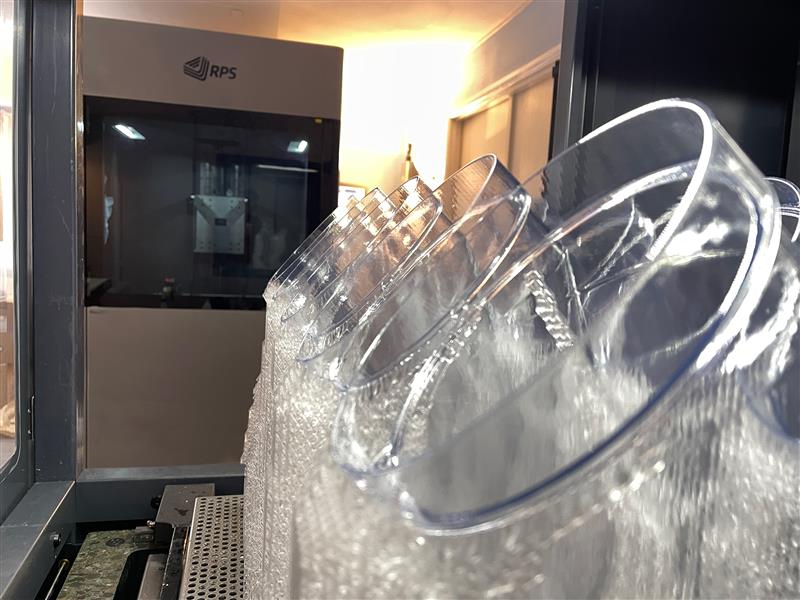
Almost a hybrid of injection moulding and Vacuum Casting. PU resin is injected into rigid tooling/moulds. The moulds are often made from special tooling resin via machining or pouring the liquid version over master models. The PU resins are injected into the moulds and allowed to set over time (typically from 5 mins to 30 per part).
Benefits of RIM Moulding include:
Disadvantages of using RIM Moulding
Tooling is still significantly high cost for very low quantities (less than 100).
Most RIM materials are black and ONLY black.
Surface finishes are usually inferior to injection moulding, often requiring painting or spraying afterwards.
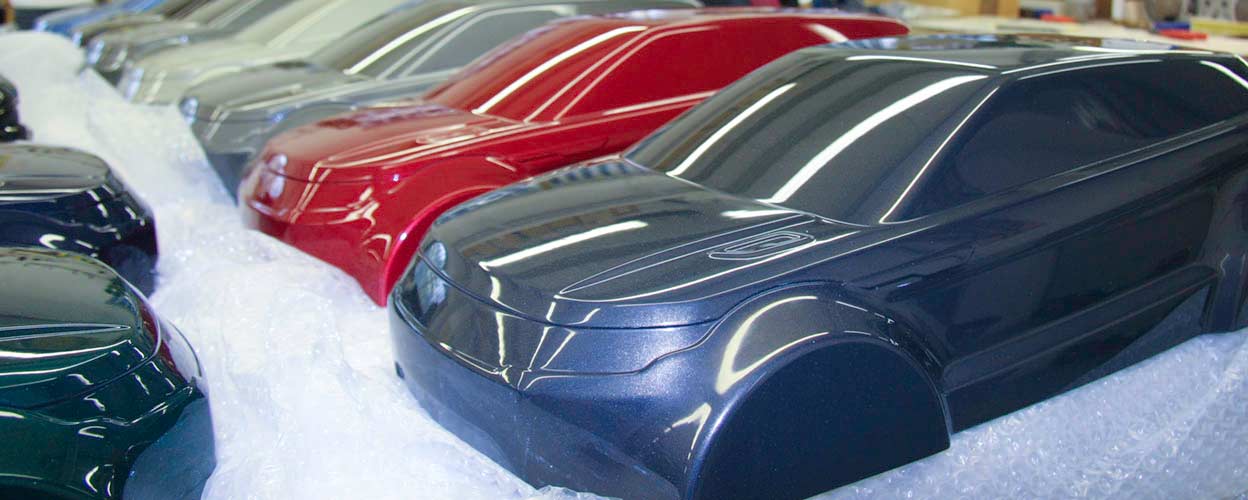
Low volume manufacturing strategies, which are also commonly known as rapid manufacturing or low batch manufacturing are used by businesses of all types that make plastic components with injection moulding. It may assist in reducing the moulding time to speed up the production of your goods and deliver authentic material in advance. Moulding costs are considerably lower than traditional techniques.
Advantages of using a Low Volume Manufacturing service
High mix low volume manufacturing is a type of production process characterised by high customisation levels and low volume output.
This type of manufacturing is typically used for products that are produced in small batches or for products that require a high degree of customization. Low volume production & low volume manufacturing are terms that are often used interchangeably to refer to high mix low volume manufacturing.
We are at the forefront of the additive manufacturing revolution, providing businesses with the tools they need to bring their visions to life. Get an instant quote for 3D printed parts or get a bespoke quote for a larger, complex project.
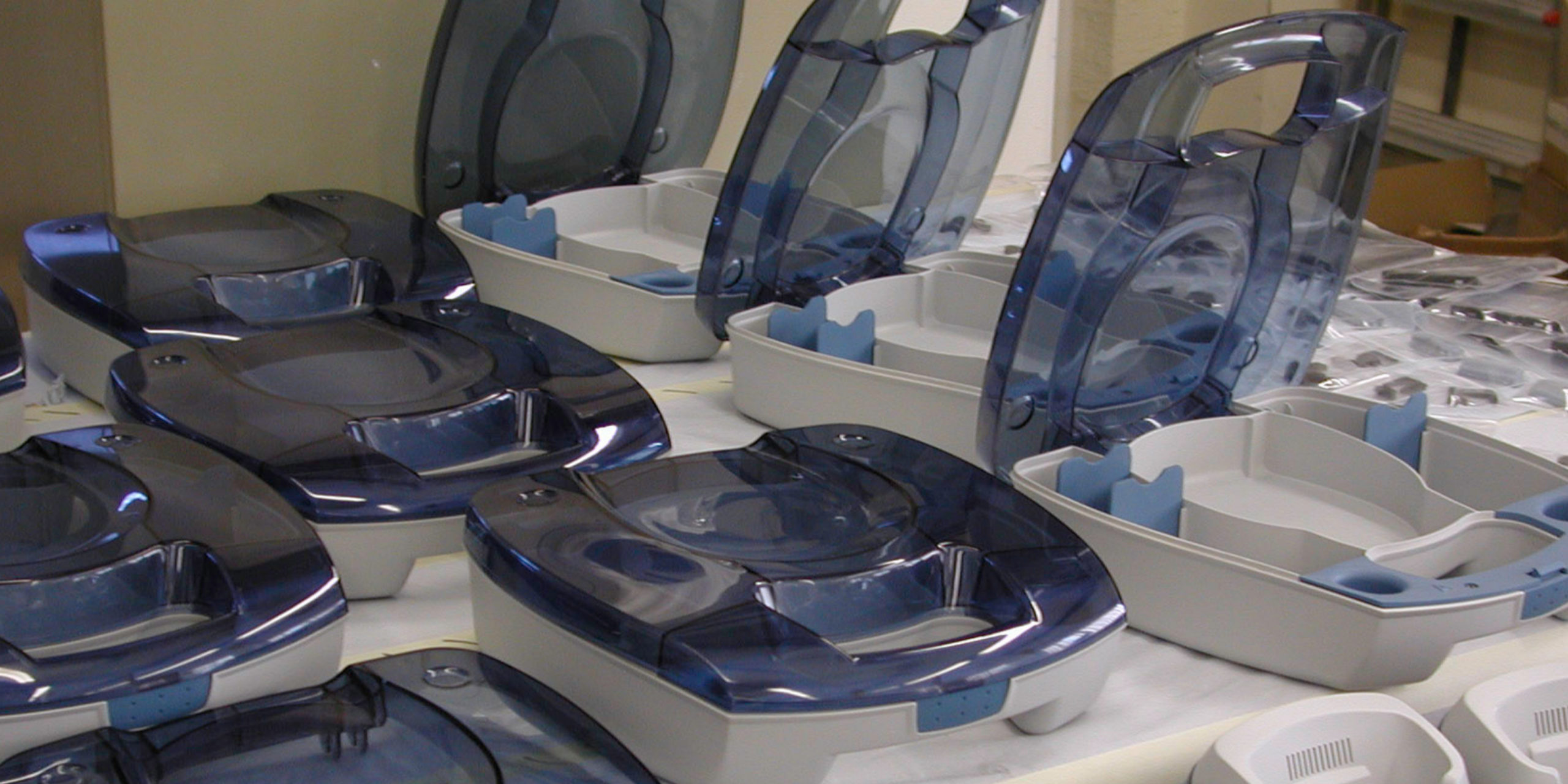
As Malcolm Nicholls Ltd celebrates our 50th year anniversary, it seems the perfect time to share the launch of a very exciting investment in large scale 3D printing for our rapid prototyping company. What’s exciting is that we can now offer 3D printing large parts and components on our impressive build platforms!
Over the last 12 months we have seen a real growth across low volume production,as well as the need for speed on the turnaround of our parts, so we are excited to announce the launch of our second Neo 800 SLA machine to our already impressive suite of machines! We are now home to two of the UK’s largest SLA machines meaning we have larger capacity to print quality SLA parts.
Ross Nicholls (Technical Director) showcasing the work of the NEO800 for BAC Mono
As well as investing in our new Neo800, we have also expanded our team, adding more skilled technicians in our workshop and our quoting team
Ross Nicholls, our Technical Director, added ‘with our fleet of 3d printing machines Malcolm Nicholls Ltd are now able to produce high capacity, quality parts quickly without compromising on quality. It’s an exciting time at Malcolm Nicholls Ltd with our new 3d Printing machine and the expansion in our team, giving our clients the confidence in MNL and our ability’.
Contact Malcolm Nicholls Ltd about our 3d printing rapid prototyping services needs today!

Briggs Automotive 3D Printed Supercar parts British manufacturer Briggs Automotive Company (BAC) approaches Malcolm Nicholls Ltd to produce 3d printed large rear wheel arches for the new Mono R supercar BAC came to Malcolm Nicholls Ltd via a...
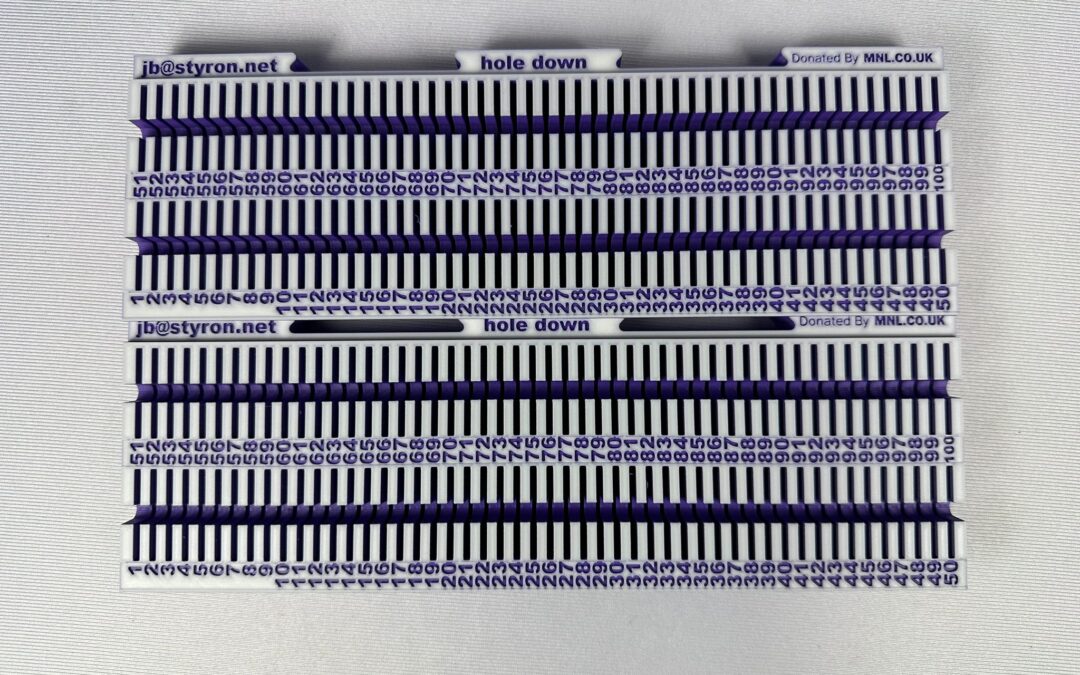
3D Printing for Parkrun FDM 3D Printing Makes a Difference At Malcolm Nicholls Ltd, we believe in the power of technology to create positive change. Our latest project showcases how interlocking FDM 3D printing can make a tangible impact on our community. FDM 3D...

3D Printing for Parkrun FDM 3D Printing Makes a Difference At Malcolm Nicholls Ltd, we believe in the power of technology to create positive change. Our latest project showcases how interlocking FDM 3D printing can make a tangible impact on our community. FDM 3D...

Ross our Technical Director has taken on an epic 300 mile mission to raise money for a charity close to his heart.
Raising Money for Crohn’ & Colitis UK.
When Ross came into the office and told the team he wanted to do something to raise money for Crohns and Colitis UK we never anticipated he would take on a 300-mile challenge throughout the month of May. Having only dusted off his bicycle in the last few weeks and getting back into the saddle we knew 300 miles would be a huge challenge.
CCUK is a charity close to the heart of Ross and the business with many people unaware that Tracy our Sales Manager has been suffering from Crohn’s Disease a very cruel debilitating disease for many years.
With the MNL team spurring him on we know he will smash his target and would love for you to sponsor him.
If you would like to sponsor Ross please click here

Briggs Automotive 3D Printed Supercar parts British manufacturer Briggs Automotive Company (BAC) approaches Malcolm Nicholls Ltd to produce 3d printed large rear wheel arches for the new Mono R supercar BAC came to Malcolm Nicholls Ltd via a...

3D Printing for Parkrun FDM 3D Printing Makes a Difference At Malcolm Nicholls Ltd, we believe in the power of technology to create positive change. Our latest project showcases how interlocking FDM 3D printing can make a tangible impact on our community. FDM 3D...

3D Printing for Parkrun FDM 3D Printing Makes a Difference At Malcolm Nicholls Ltd, we believe in the power of technology to create positive change. Our latest project showcases how interlocking FDM 3D printing can make a tangible impact on our community. FDM 3D...